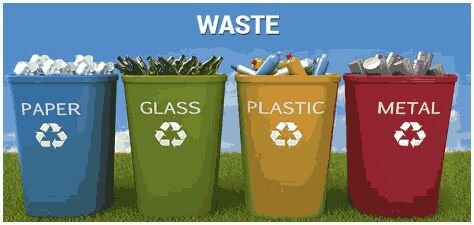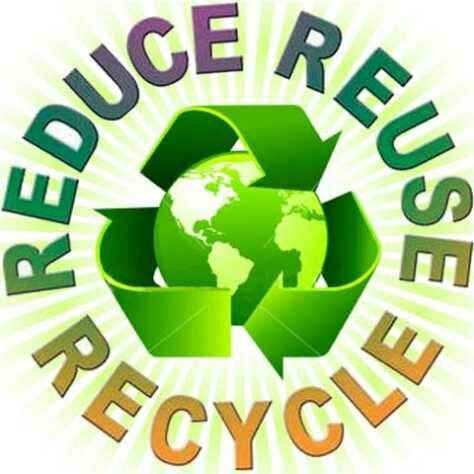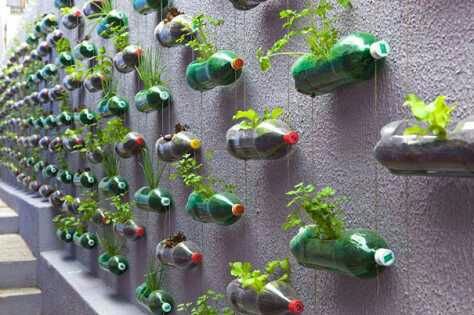How to Manage Waste.

Waste management remains an intractable environmental problem. While contributing to unappealing and unaesthetic appeal of an environment, it also serves as a catalyst for the spread of epidemic. History has it that the black plague which ravaged Europe had waste improperly handled to thank for its spread.
Waste generation is on the increase. In 2012 alone, the world cities generated 1.3 billion tonnes of solid waste per year, amounting to a footprint of 1.2 kilograms per person per day. With rapid population growth and urbanization, municipal waste generation is expected to rise to 2.2 billion tonnes by 2025. While this may be a global phenomenon, waste management remains a burgeoning problems in developing regions of the world.
In Nigeria, waste management remains a lingering challenge with no feasible panacea in sight. Government agencies remain at loss as to which policy is best to curb increasing waste in their domains. The upsurge in urbanisation has further help worsen the waste management problems already abounding in major cities around the country which are fast becoming waste havens. Waste displayed by road sides, open spaces, dumped in drainages remain an eyesore we are now accustomed to in most part of the country like Lagos, Oyo amongst other states. Mostly, the waste are often biodegradable wastse churned out by industries, households, and recyclable materials which are often dumped indiscriminately.
It is in light of these aforementioned challenges, that the sustainable development goals have outlined waste management as one of its core values. Similarly, a plethora of scholarly papers have explored waste from various standpoints such as economical, health, politically and culturally. They all agree that waste is indeed an environmental problem. And as such various panacea have been put forward to curb waste problem. The most prominent of these solutions come in form of the 3R's namely Reduce, Reuse and Recycle.
WHAT ARE THE 3R'S

Also known as the waste hierarchy, Reduce, Reuse and Recycle have formed the Crux of majority of waste management programme around the world.
Reduce: This is focused on changing the orientation of users, it help them inculcate the attitude of curbing excessive use of materials which can generate waste. It involves changes in behavioural patterns, reducing consumption of certain goods so as to reduce wastage. Reduce includes buying and consuming less.
Reuse; This aspect advocates the reusage of products deemed useless before their disposal. When a product is used again for its purpose it is called convention reuse and when it is used for another purpose apart from its primary purpose it is called creative repurposing. Reuse will help reduce the amount of valuable items that end up on waste dumps.
EXAMPLES OF CREATIVE REUSE
The creative reuse of tyres-
A single tyre will take 100 years to decompose. Tyres dumped can harbour mosquitoes, snakes and other u desirable elements. However, a tyre can be remodelled to serve different purposes, like soft cuddly dog bed, swings, lamps, mirror frames, garden tables etc. Apart from their aesthetic appeal, their reuse can help reduce the environment problems posed by excessive tires being disposed into seas, open spaces and drainages.

The creative reuse of plastics-
plastics are everywhere, they are used for a lot of things. The minimum amount of years it takes for plastic to decompose is 50 years. It is unsurprising that plastics can make beautiful stuffs when they are not lying in trash, and water ways. Today we can use plastics for vertical gardens, plastic chandelier, spoon lamp, parking canopy.

Recycling involves the process of converting waste materials into new materials and objects. It is an alternative to "conventional" waste disposal that can save materialand help lower green house gas emissions. Recyclable materials include many kinds of glass, paper, and cardboard, metal, plastic,tires, textiles, and electronics. Recycling is the third step in reducing waste since already used items can be recreated for other purpose instead of them ending up in dumps. Recycling helps conserve natural resources, and help improve environment.
Summarily, waste management must be hinged on the the 3Rs to yield effective results. This is because of an all encompassing approach they put to the issue of waste management.